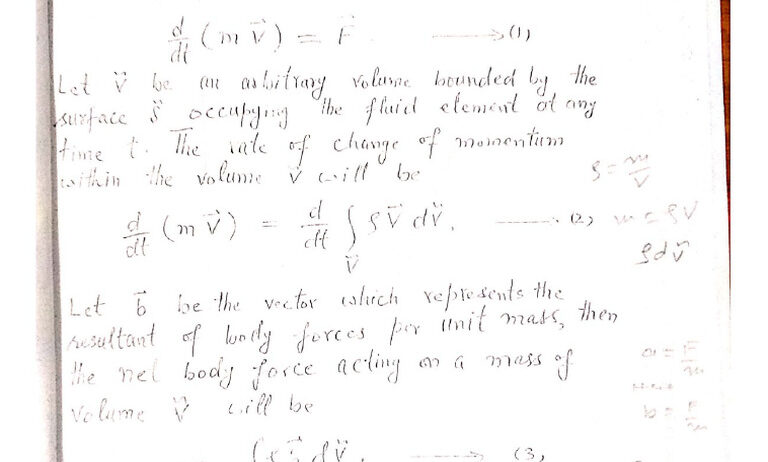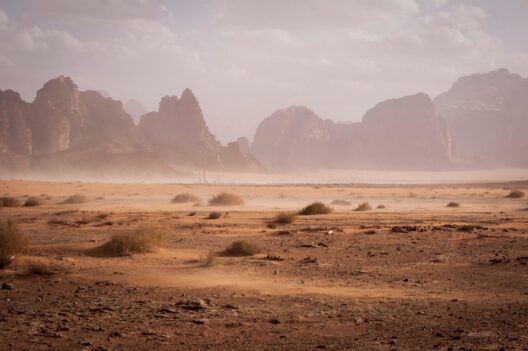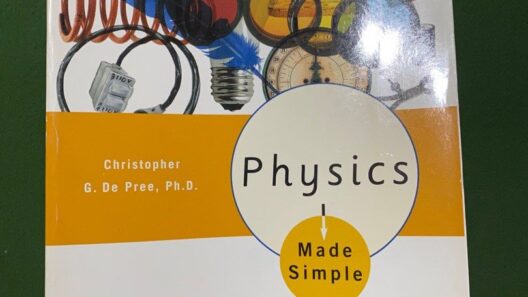The laws of conservation of energy and momentum are foundational principles in the realm of physics that elegantly navigate through the complexities of our universe. Just as a sculptor carefully chisels away at a block of marble to reveal the masterpiece within, these laws peel back the layers of physical interactions, granting us a profound understanding of how matter and energy coexist. To prove these laws, we must venture into the realm of experiments and illustrations that capture their essence with clarity and dexterity.
At its core, the law of conservation of energy posits that energy cannot be created or destroyed; it can only transform from one form to another. Imagine a flowing river, tumbling over rocks and oscillating between kinetic energy — the energy of motion — and potential energy — energy stored in its elevation. As water flows downhill, it converts potential energy into kinetic energy, reminiscent of a dancer gracefully shifting from a poised position to an exhilarating leap. The total energy of the system remains constant, a steadfast sentinel against the whims of change. Such transformations can be demonstrated through practical experiments.
One classical experiment harnesses the principle of a simple pendulum. When a pendulum swings, it oscillates between its highest and lowest points. At the apex of its swing, the pendulum possesses maximum potential energy and minimal kinetic energy. As it descends towards its lowest point, potential energy diminishes while kinetic energy surges, culminating in maximum kinetic energy when the pendulum reaches the bottom. This harmonious interplay showcases energy conversion elegantly while adhering to the law itself. Through measurement of the maximum heights reached by the pendulum, one can empirically validate that the energy at the peak equals the kinetic energy at the nadir, affirming the conservation law.
In tandem, the law of conservation of momentum extends this narrative into the realm of motion and collision. Momentum, the product of an object’s mass and velocity, is conserved in isolated systems, evoking the image of a perfectly balanced seesaw. Regardless of how forces intermingle, the total momentum before an event will equate to the total momentum post-event, provided no external forces intervene. This principle, akin to an unyielding law of a cosmic dance, can be visually depicted through colliding carts on a low-friction track.
In a compelling experimental setup, two carts on a track can serve to illustrate momentum conservation. Consider one cart, dynamic and rolling forward, colliding with a stationary cart. Prior to the collision, momentum is a whisper, silently cataloging the forward momentum of the moving cart. Upon collision, a transfer occurs — energy and motion shift from one entity to another. By measuring the velocities of the carts before and after the collision, the conservation of momentum can be affirmed. If the initial momentum of the moving cart equals the sum of the momentums of both carts post-collision, the law is thus proven in a concise yet powerful demonstration.
Exploring more complex scenarios, inelastic collisions — where objects stick together — and elastic collisions, where kinetic energy is conserved — provide additional vistas into momentum conservation. In elastic collisions, such as billiard balls clacking in a symphony of angles and spins, the conservation of both momentum and kinetic energy reigns supreme. Each collision serves as an eloquent reminder of the underlying orchestration of physical laws that govern interactions, producing echoes of equilibrium in a kaleidoscope of motion.
The beauty of these foundational principles lies in their universality. The conservation laws are not mere mathematical abstractions confined to laboratories; they permeate the very fabric of reality, underlining natural phenomena from the celestial motions of planets to the subatomic dance of particles. Whether observing a comet blazing through space — its momentum eternally preserved as it traverses the eons — or weighing the forces exerted between colliding protons within a particle accelerator, the conservation of energy and momentum serves as an unwavering guide through the intricate dialogue of nature.
In a broader cultural context, these laws resonate with our collective challenge of addressing climate change. Much like energy and momentum are conserved within physical systems, the cycles and systems of our environment require recognition and respect to achieve sustainable living. Harnessing renewable energy sources, conserving ecosystems, and reducing waste embody our responsibility to maintain the intricate balance of our planet — a vital reminder that our actions reverberate through time and space, much like the principles we observe in physics. The sustenance of our world mirrors the conservation laws: both necessitate a conscientious understanding of systems, balance, and a commitment to continuity.
In essence, proving the laws of conservation of energy and momentum invites both experimental validation and philosophical contemplation. It challenges us to observe and engage with our environment, urging us to appreciate the profound interconnectedness of all things — from the smallest atoms to the vast expanse of galaxies. As we grasp the significance of these immutable laws, we arm ourselves with knowledge necessary to navigate the complexities of not only the physical world but also the intricate web of life that thrives on this fragile planet. In the dance of energy and momentum, we find the rhythm of existence itself, urging us to harmonize our actions with the symphony of nature.








